Inspection and diagnosis of corrosion problems in wall ties.
The single biggest cause of wall tie failure in Australia is corrosion or rusting of the galvanized wire wall ties. This can lead to a catastrophic collapse of brickwork where the external brickwork can literally peel off the building during a storm or high winds often with little warning or small tell tale signs that can go unnoticed for many years.
The difficulty is, wall tie corrosion generally occurs in the mortar bed joint and this can make the problem very difficult to diagnose. The corrosion is concealed from view and can often be missed, even with an inspection of the wall cavity.
For a true and proper assessment, removal of some bricks is often necessary.
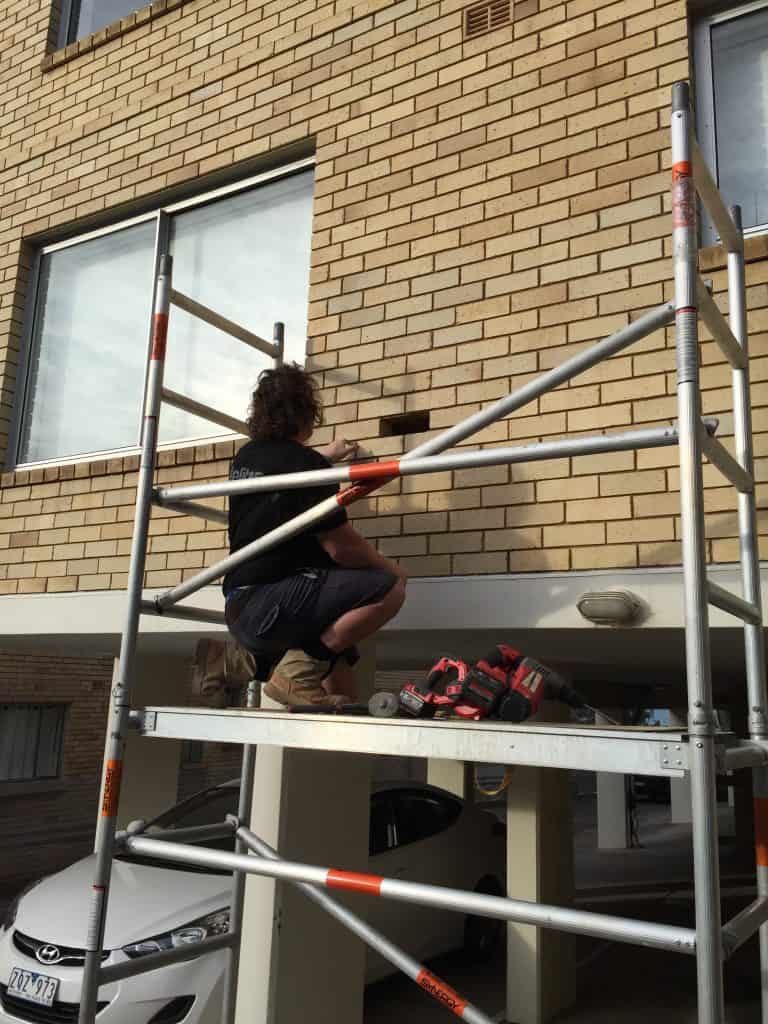
A tie locator or metal detector can be used to locate a random sample ties in each elevation of the building. The exact locations can be marked with chalk to allow the removal of one or more individual bricks in the external skin to expose the portion of the tie embedded in the mortar joint.
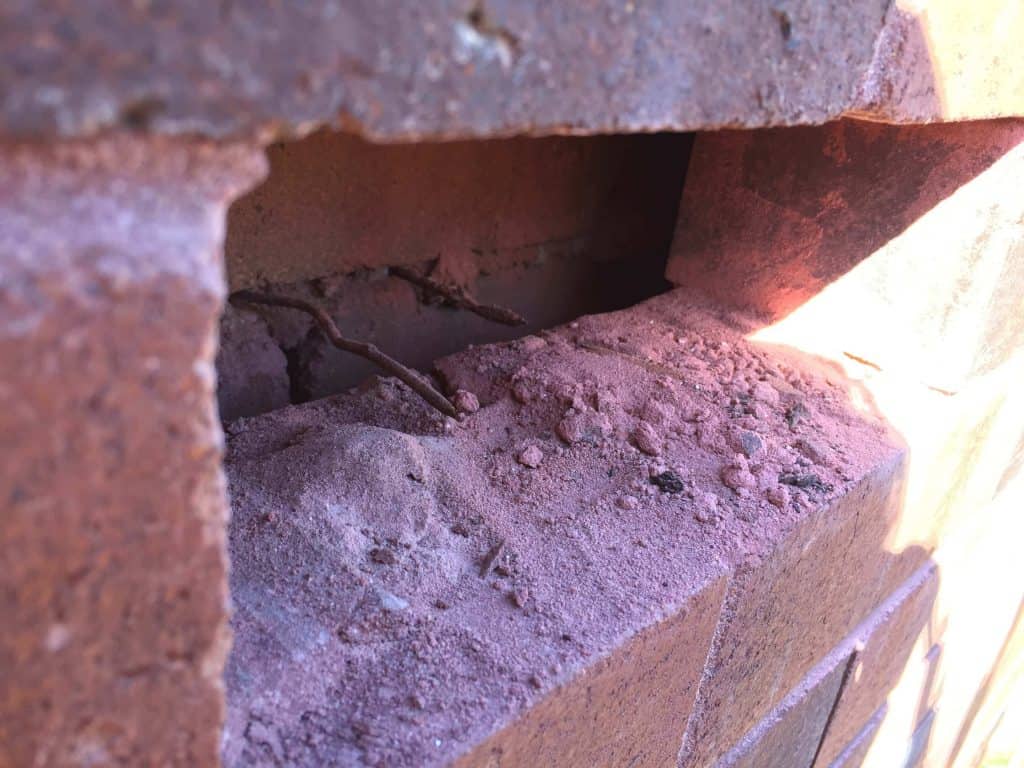
| The images below shows a corroded tie viewed using a borescope. In this instance the broken connection to the external skin is visible on the borescope image, however often this is diffcult to identify unless the brick is also removed. |
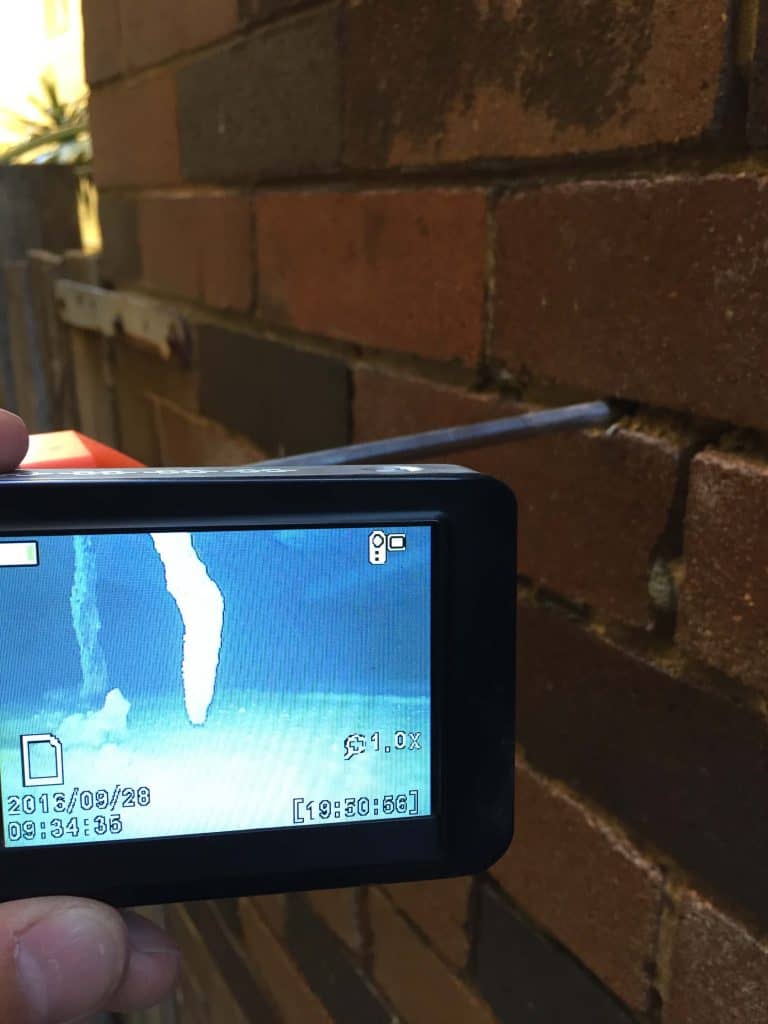
Helitec use a variety of equipment to correctly identify the condition of wall ties in a building. The images below show a borescope kit.

Wall tie inspections by solely viewing the wall cavities can be unreliable and may lead to incorrect diagnosis because the corrosion process first occurs in the mortar joint, not in the cavity.
The following ‘tell-tale’ signs may also indicate likely-hood of corroded wall ties, however without a physical inspection as described above, sole reliance on these should be avoided;
- Out of plumb, bowed, cracked or collapsed brickwork.
- Corroded arch bars and lintels.
- Rust stains in the walls.
- Gaps between timber reveals and brickwork at openings.
- Borescope cavity inspections.
- Age and location of the building and known problems with other similar buildings is also a useful indicator.
Early diagnosis and rectification of the problem is often much easier and less costly than ignoring it in the hope that it will go away. Consequences of not diagnosing these problems early can be corroded wall ties can be dire.
Wall tie shown completely corroded within the external mortar bed joint
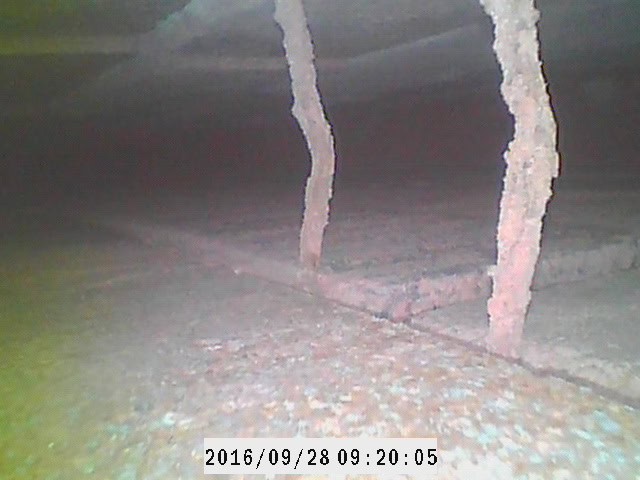
High winds and corroded wall ties caused the partial collapse and outward bowing of the external skin of brickwork in this apartment building in Darling Point, NSW
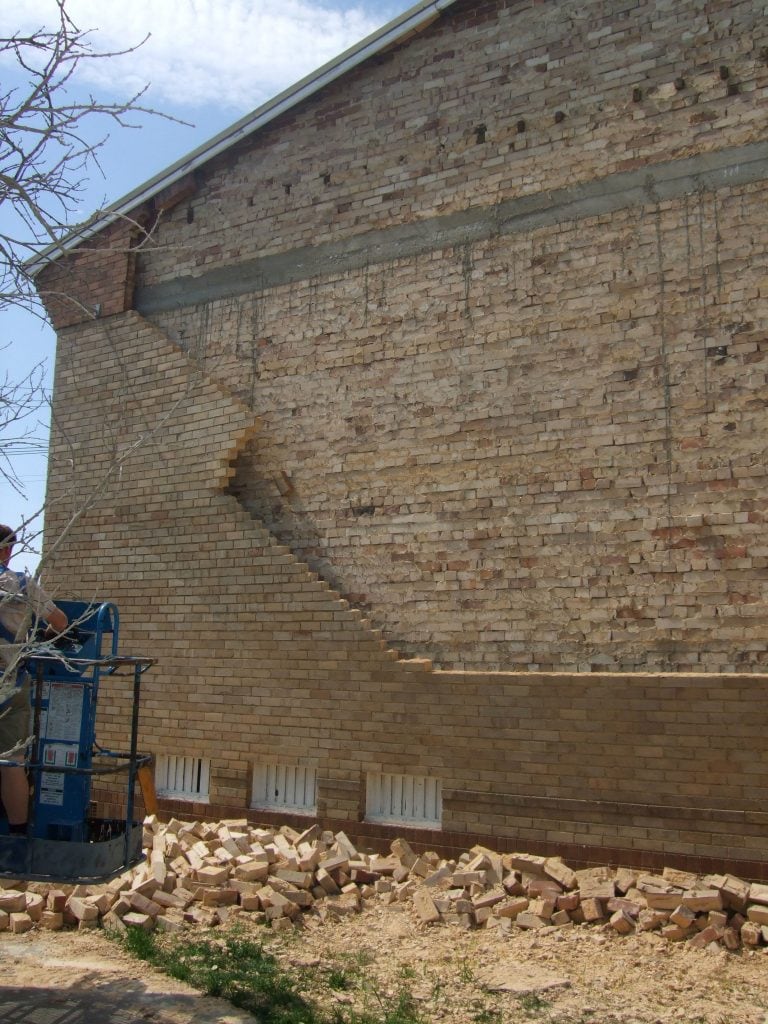
Partial wall collapses during high winds are often the result of corroded wall ties and many years of gradual bowing and movement in the walls.

Contact us or visit our news pages if you would like further information or if you would like to discuss your own building problem or project.

